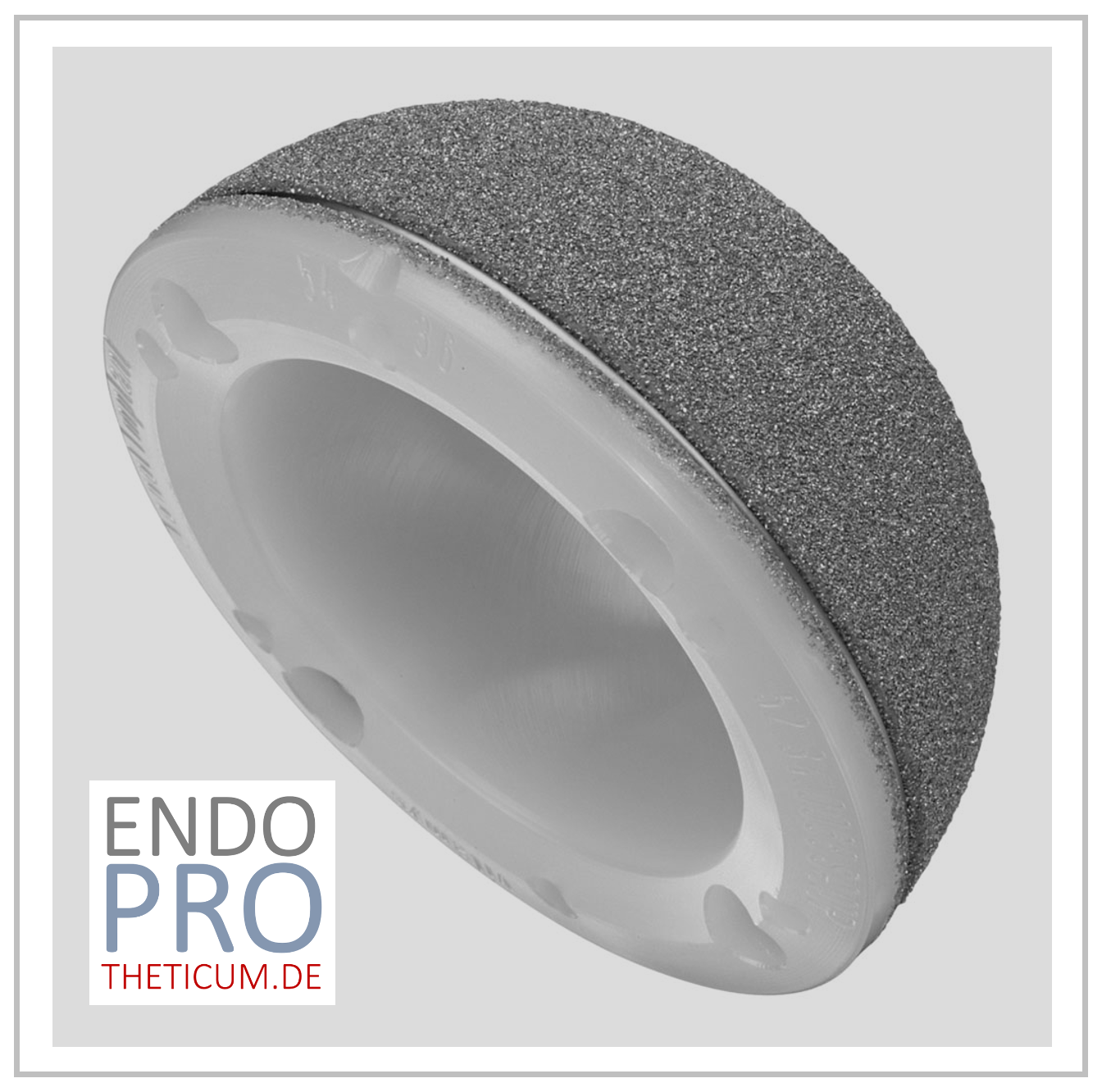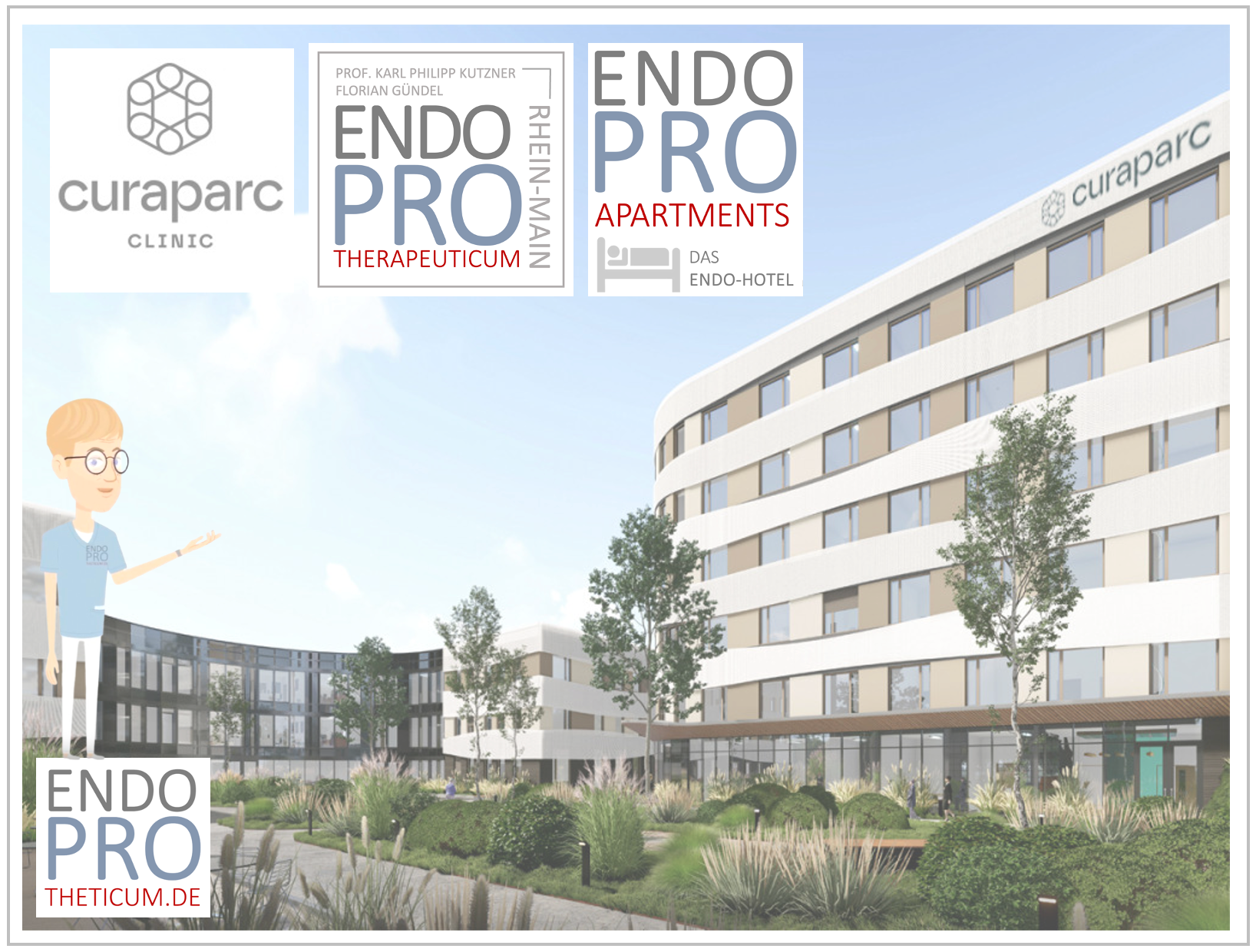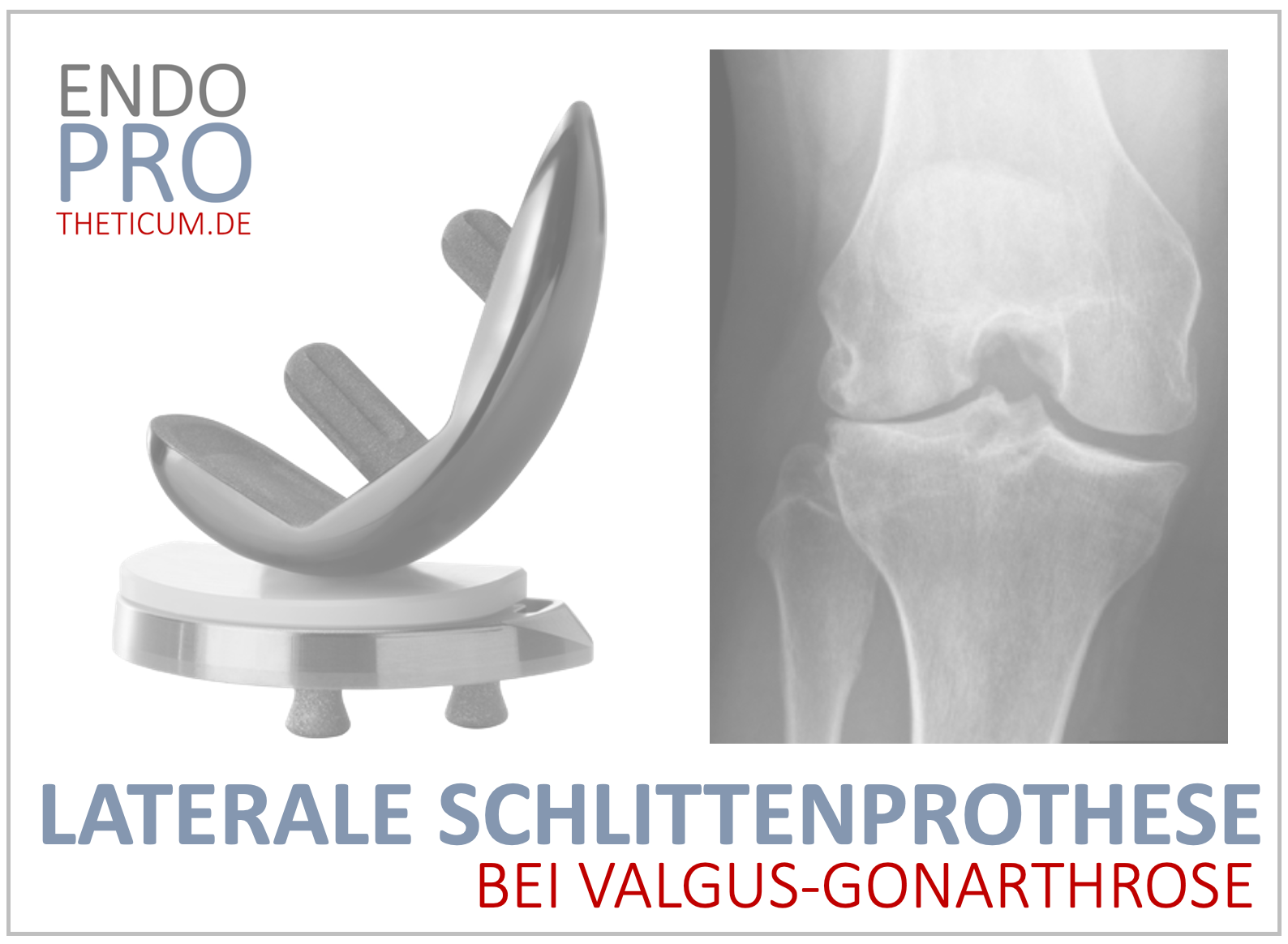The RM Pressfit Vitamys pan - the monoblock philosophy
Why is the RM Pressfit Vitamys (Monoblock) pan groundbreaking?

The RM Pressfit Vitamys cup exemplifies the most modern development in endoprosthetics and defines new standards in stability and biocompatibility through the so-called monoblock philosophy. With a clear focus on durability, low abrasion rates and optimal bone integration, this technology has established itself as a pioneer in patient care.
What is the monoblock philosophy?
The monoblock philosophy describes the production of implants from a uniform, solid component instead of a modular system. This technique offers several advantages:
- Seamless construction: Because there are no connecting parts, there are no potential weak points due to play or wear.
- Reduction of loosening risks: One-piece implants minimize mechanical instability because no separate components interact with each other.
- Uniform application of force: Thanks to the homogeneous structure, the load is transferred evenly to the bone, which promotes long-term stability.
In endoprosthetics, the monoblock philosophy offers a promising alternative to modular approaches.
The materials of the RM Pressfit Vitamys pan
3.1. Highly cross-linked polyethylene (XPE) with vitamin E
A central component of the RM Vitamys pan is the highly cross-linked polyethylene (XPE) used. This material is specifically designed to minimize abrasion and is enriched with Vitamin E to further improve its durability.
- Oxidation protection through vitamin E: Vitamin E serves as an antioxidant and prevents the degradation of polyethylene over the years.
- High wear resistance: The low abrasion rates (less than 0.1 mm/year) ensure a long service life of the implant.
3.2. Titanium coating for optimal integration
The microporous titanium coating of the RM Pressfit socket promotes the ingrowth of bone cells and ensures a secure, permanent connection to the natural bone. This significantly reduces the risk of aseptic loosening.
The principle of isoelasticity of the RM Pressfit vitamys cup and effects on bone preservation
4.1. What does isoelasticity mean?
Isoelasticity describes the adaptation of the elastic modulus of an implant to that of natural bone. The aim is to adapt the mechanical behavior of the implant structure as closely as possible to the surrounding bone in order to ensure physiological force distribution.
4.2. Benefits of Isoelasticity
- Prevention of stress shielding: A major problem with high-stiffness implants is the uneven distribution of stress, which can result in the surrounding bone not receiving sufficient mechanical stimulation and thereby degrading.
- Physiological stress: The RM Pressfit Vitamys socket transfers the forces evenly and naturally to the surrounding bones thanks to its special design and material selection.
- Preservation of bone density: Thanks to the isoelastic construction, the bone maintains its density over the long term, which reduces the risk of complications such as fractures or implant loosening.
4.3. The implementation of isoelasticity in the RM Pressfit Vitamys cup
The combination of highly cross-linked polyethylene and titanium in a monoblock structure helps adapt the implant's elastic modulus to that of natural bone. This design prevents the bone from being under- or over-stressed and creates a long-term, stable connection.
The advantages of Pressfit technology
The Pressfit technique plays an essential role in the placement and anchoring of the RM Vitamys cup:
- Primary stability: Precise adaptation to the surrounding bone provides immediate support after implantation.
- Secondary stability through osseointegration: The porous surface promotes the growth of bone cells into the implant.
- Reduced risk of loosening: Clinical studies show a low migration rate (≤1.25 mm within 5 years), ensuring permanent anchorage.
Clinical results: Studies on the RM Pressfit Vitamys cup
5.1. Abrasion rate
In a long-term study, the average abrasion rate of the RM Pressfit Vitamys cup was only 0.09 mm/year, which is well below the critical limits for osteolysis. This makes the pan particularly attractive for young, active patients.
5.2. Long-term survival rate
The 10-year survival rate of the socket is over 95%, making it one of the most durable uncemented options.
5.3. Comparison to modular designs
Compared to modular systems, which often show a higher migration rate and increased abrasion, the monoblock design shows superior results in terms of stability and long-term compatibility.
Comparison of the monoblock with modular metal back systems
5.1. Structural differences
Modular metal back systems usually consist of two separate components: a metal base structure (metal back) and a clicked-in or attached polyethylene inlay. In contrast, the RM Pressfit Vitamys pan consists of a one-piece monoblock design with no joints.
- Metal back systems: The modularity results in an increased risk of micro-movements and wear at the connection points.
- Monoblock philosophy: Prevents these weak points through a seamless construction.
5.2. Abrasion and particle formation
The abrasion particles from modular metal back systems can trigger inflammatory reactions in the surrounding tissue:
- Higher particle formation: With metal back systems, micro-movements often occur between the metal and the inlay, which causes abrasion.
- Reduced abrasion: The monoblock structure of the RM Vitamys pan minimizes this effect as there are no moving parts.
5.3. Power transmission and stress shielding
- Metal Back Systems: The rigid metal increases the risk of stress shielding because the elastic properties differ greatly from natural bone.
- Monoblock system: Thanks to the adapted isoelasticity, the introduction of force into the bone is uniform and physiological.
5.4. Long-term clinical results
Studies show that monoblock systems such as the RM Vitamys cup have a lower loosening rate and higher patient satisfaction than modular metal back systems in a long-term comparison:
- Risks of loosening: Due to the modular design, metal back systems can develop connection problems over time.
- Monoblock advantages: Reduction of these complications through a uniform design.
5.5. Operational advantages
- Metal back systems: Often more complex to implant due to multiple components.
- Monoblock philosophy: Simplified handling for the surgeon and reduced operating time.
The importance of the RM Vitamys cup in modern endoprosthetics
6.1. Optimized for patients of all ages
Young patients benefit from the abrasion resistance of XPE with Vitamin E, while older patients appreciate the high stability and rapid integration.
6.2. A contribution to bone preservation
The reduction of wear particles minimizes the risk of osteolysis, which contributes to long-term bone health.
Ease of use and surgical aspects
The RM Pressfit Vitamys cup was designed to allow for easy and safe implantation. This includes intuitive instruments and a design that guarantees an optimal fit in different anatomical conditions.
Future prospects
Through the combination of innovative materials and an optimized design, the RM Pressfit Vitamys cup will continue to set standards in endoprosthetics. Improvements in polyethylene design and new coatings could further improve their performance in the future.
Conclusion
The RM Pressfit Vitamys pan combines the advantages of modern materials with a well-thought-out design that ensures maximum stability and minimal abrasion. Their outstanding clinical results and versatility make them the optimal choice for patients and surgeons.
MAKE AN APPOINTMENT?
You are welcome to make an appointment either by phone or online .



























